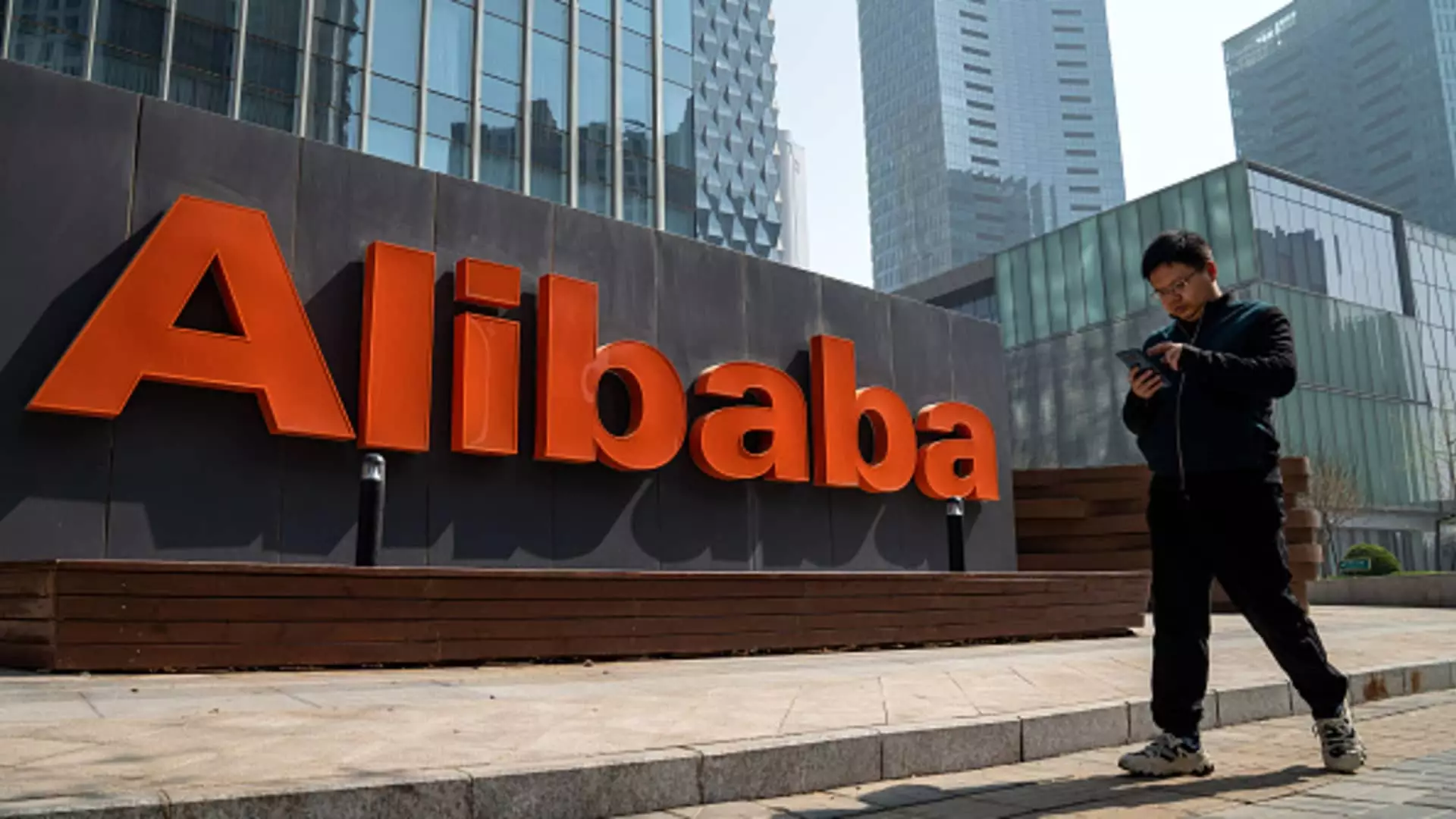Alibaba Group, the titan of Chinese e-commerce, has reported earnings that reveal a complex narrative: an impressive rise in net income juxtaposed with underwhelming sales figures. For the quarter ending September 30, Alibaba’s net income surged by 58% year-over-year, translating to a substantial 43.9 billion Chinese yuan (approximately $6.07 billion). This excellent profitability was primarily bolstered by strategic gains from equity investments and a drop in investment impairments, beating analyst predictions of 25.83 billion yuan.
Despite this triumph in profit, the revenue picture is less rosy. The company recorded sales of 236.5 billion yuan, reflecting only a 5% increase compared to the previous year—falling short of expectations set at 238.9 billion yuan. This contrast between soaring profits and stagnant sales unveils the challenges faced by Alibaba and reflects the broader economic malaise impacting consumer spending in China.
Alibaba’s performance must be understood within the context of a tepid retail environment hampered by sluggish economic growth in China, the world’s second-largest economy. Rising inflation and uncertainty stemming from prolonged governmental responses to economic challenges have cast doubt over consumer spending habits. The recent performance of competitors like JD.com, which similarly fell short of revenue targets, underscores a trend that Alibaba is not alone in facing.
As scrutiny intensifies regarding the stimulation of consumer spending, particularly through Beijing’s newly introduced 1.4-trillion-yuan package, the effect on retail remains a key focal point. While sales nudged up a surprising 4.8% year-on-year in October and the anticipated Singles’ Day event indicated positive shifts in consumer sentiment, the overall recovery feels tenuous.
Investors have trained their attention on Alibaba’s major divisions, particularly the Taobao and Tmall Group businesses, reporting only modest revenue growth of 1% year-over-year, generating 98.99 billion yuan in the latest quarter. This stagnation highlights the competing pressures within the marketplace, where consumer appetite does not yet reflect optimism despite promotional events and marketing strategies.
Nevertheless, Alibaba indicated “robust growth” in gross merchandise volume during key sales events, signifying that while revenue might not have flourished, transactional activity on the platform paints a somewhat brighter picture regarding consumer engagement. Active buyer numbers also reached new heights, suggesting potential for future sales lifts, as these metrics are vital in assessing the platform’s long-term viability.
International Ventures and Cloud Growth
In a strategic pivot, Alibaba’s overseas operations have exhibited encouraging growth, with businesses like Lazada and Aliexpress showcasing a remarkable 29% increase in sales year-on-year, generating 31.67 billion yuan. This reinforces Alibaba’s ambition to not solely rely on the domestic market.
Particularly noteworthy is the performance of Alibaba’s Cloud Intelligence Group. This division experienced a year-on-year surge of 7% to 27.65 billion yuan, indicating a slight acceleration in growth amidst a robust global push for cloud solutions and artificial intelligence. Not only has Alibaba made advances in existing cloud services, but it has also demonstrated an understanding of current market trends, including the development of real-time AI applications.
CEO Eddie Wu emphasized a commitment to innovation, stating a desire to maintain competitive strength in the rapidly-evolving tech landscape. Amidst aggressive marketing for AI products, Alibaba’s creation of its ChatGPT-like service, Tongyi Qianwen, showcases its intent to tap into burgeoning sectors that promise future returns.
Alibaba’s recent earnings report captures the essence of a company striving to navigate turbulent economic waters, defining the balance between grinding profit growth and modest sales performance. As China endeavours to stabilize its economic recovery, Alibaba’s comprehensive approach—balancing internal growth initiatives with international ventures and cloud technologies—may position the company favorably for long-term stability.
However, the onus remains on Alibaba to innovate and adapt amid ongoing regulatory challenges and competitive pressures. Their ability to engage consumers effectively will likely be determinative in translating operational profits into sustainable revenue growth, ensuring their significant standing in the global e-commerce landscape remains intact. The outcomes of the forthcoming months will be critical, offering insights into both Alibaba’s trajectory and the broader Chinese economy.

